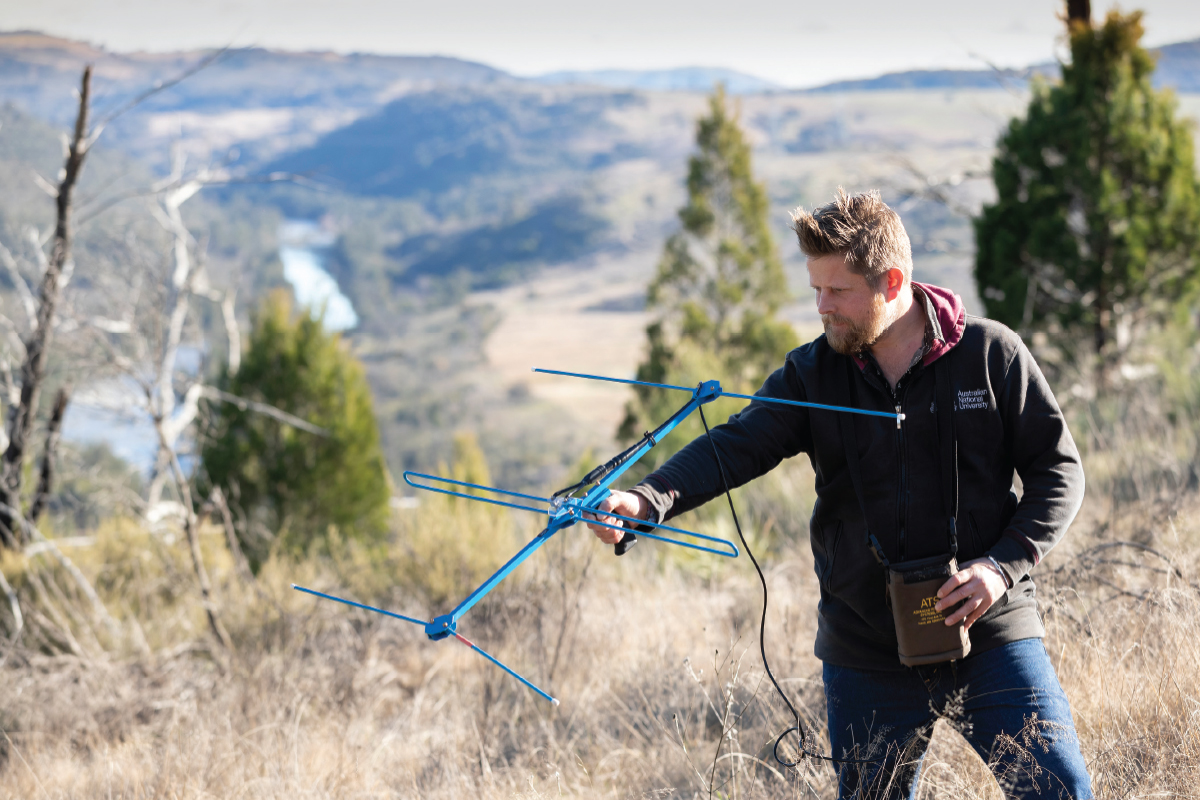Snakes: Five things Qualified Snake Handler Dr Gavin Smith wants you to know
It’s that time of the year when the weather warms up and you’re more likely to come across a snake on a hike or walk around the Canberra region.
We spoke to qualified snake handler Dr Gavin Smith (whose day job is as an Associate Professor at the Australian National University) about what we need to know about what he calls “the most amazing creature on the planet”.
What are some general facts about snakes in and around the Canberra region?
Reptiles are ectothermic which means they depend on the environment to both warm up and cool down. In the Canberra region, we share a space with some dangerously venomous species, each of which has their own unique physiological and behavioural traits, and dare I say, personalities. Each of these species is keen to avoid coming into conflict with you, but can actively defend themselves if they are feeling threatened or are provoked.
When and where are we most likely to see snakes?
Between September and October which is the peak mating period here, and then December and January when offspring generally hatch or are birthed. We usually have a busy phase around March to April when snakes are in the process of locating their overwintering burrows.
What should we do?
Learn more about snake behaviour by seeking information from reputable sources and following research-based pages such as the Canberra Snake Tracking Project. If you see one, don’t panic. Remember, it belongs here and is not interested in having an adverse confrontation with you.
Snakes are timid and sensitive by nature and perceive you as a predator. Just leave the snake alone, get pets and children away from it, and give it the requisite room. It is that simple.
What is your advice for people living close to bushland or in a place that makes it more likely to come across a snake in their neighbourhood?
Become more familiar with these animals, learn about the role they play in our ecosystem and how their presence acts as an indicator of ecosystem health. Attend one of the many training courses I or others run, and learn ways of co-existing with snakes rather than always seeing them as problems to be expelled. And educate yourself in snake bite first aid procedures and have compression bandages available in the highly unlikely case of a bite incident occurring.
How do you snake-proof your yard?
It is not possible to do this, but you can take measures to make it less attractive for a visiting snake looking to inhabit for a short duration, by keeping yards tidy and free of rubbish and materials lying on the ground, keeping grass short and maintaining those areas of dense vegetation, and trying to reduce food sources like rodents by limiting food and nesting options for them – but ideally not using rodenticides which can then contaminate the wider food web and adversely impact the natural predators of mice and rats.
Trying to reduce access points to your property is also desirable, by sealing small gaps in doors and boundary fencing, and potentially putting rodent mesh around the perimeter by adjoining to fencing (as high as possible) and sinking the mesh into the ground by approximately 200mm.
But it is important to note that there is no magic solution to snake inhabitation, we have built on top of their home ranges and some have become urban-adapted, so we have to expect them around periodically and afford them some room.



